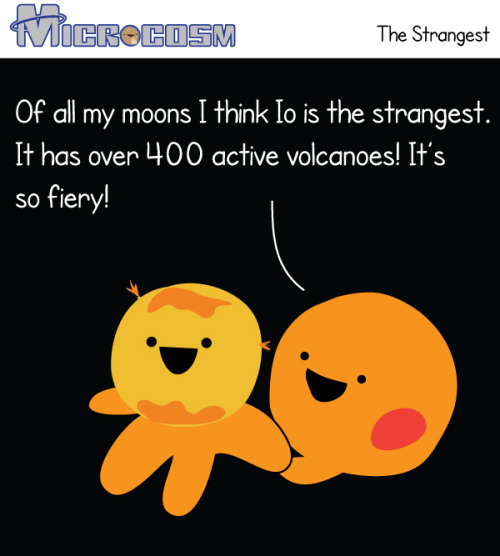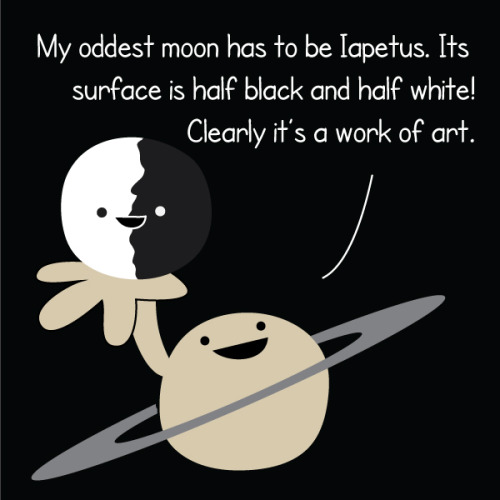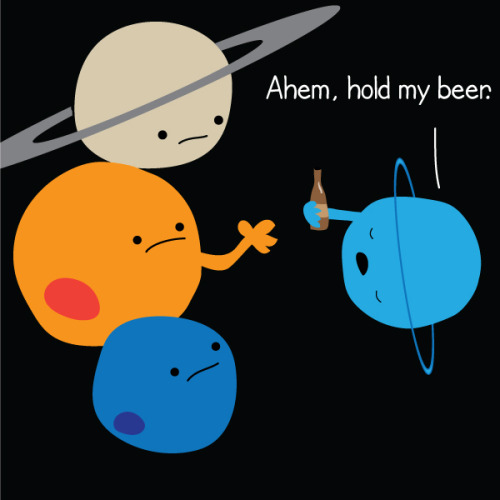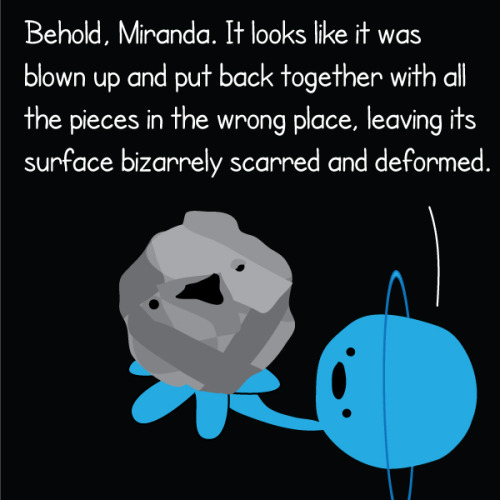High Resolution Pics





Pictures of the day 2 - November 24, 2019
I have to admit, this planet is probably to closest reminder to me of Christmas. This purple-colored Earth with violet seas and a deep purple atmosphere is quite unique. Whats even more fascinating about the planet is its brilliant green sunsets and sunrises.
Space Engine System ID: RS 5581-42-1-2-487 6 (Unedited)
High Resolution Pics
Purple Earth
Lone Moon
Kind of Christmassy
Weird Atmosphere
Green Sunset
More Posts from Sharkspaceengine and Others
What’s the biggest misconception people have about space or astronomy in general?
I’m not sure which is the biggest mistake, but I believe that one of them is the colors that are imposed on the images of planets, nebulae and other bodies of space. Many images are not real colors, many of them are fake colors. False colors are used to differentiate, some particular type of material, temperature, wavelength, chemical or mineral variations, and other factors.

Mercury with colors in visible light

Color-enhanced, this image represents chemical and mineral variations across the planet: tan areas are lava-formed plains, and blue regions show material that reflects little light.

This image shows two different views of the Horsehead Nebula. On the right is a view of the nebula in visible light, taken using the European Southern Observatory’s Very Large Telescope in Chile . The new image on the left shows the nebula in the infrared, using observations from Hubble’s high-resolution Wide Field Camera 3.
Some illustrations of space can also deceive or confuse, like images of exoplanets, where in fact we do not know for sure what it would be, since we can not have such clear images to the point where we can see them closely, and other things like representation of the curvature of space time, which shows a curvature in 2D, would actually be in 3D, but this is a little harder to visualize.

Curvature of the space-time fabric in 2D

Curvature of the space-time fabric in 3D

An annotated view of the Beta Pictoris system.

Artist’s impression of Beta Pictoris b. The debris disk around the parent star can be seen.
You can learn more about it by clicking here!

The northern pole of a large moon orbiting the blue gas giant. The clouds like structures visible are two galaxies in the process of colliding.






We really do have some weird moons in our solar system!
Blue Ring

Picture of the day - November 3, 2018
A cold ice-world with a thick nitrogen atmosphere backlit against a blue B-type sun. The star is so bright that all objects, even some asteroids reflect enough light to be visible orbiting close to the star. The comet-looking object is not a comet, but a planet getting its atmosphere burnt away by the sun.






Pictures of the day - December 2, 2018
Insight System - Third Planet orbiting Insight B (Insight B-III)
Insight B-III is the giant of the Insight System, being the most massive planet of both of the system’s stars. It is a massive gas giant the nears the boundary with a brown dwarf at 11.75 Jupiter masses. The planet has an active atmosphere from both solar heating and internally released heat and has an average atmospheric temperature of 147 F.
The planet orbits the sun at an average distance of 0.21 AU, and completes an orbit once every 41.33 days. The planet is not quite tidally locked with a rotational rate of 41.67 days vs its orbital period of 41.33 days. As a result, a solar day on the planet lasts 14.00 Earth years.
No major satellites orbit the planet; however, 30 asteroid-like irregular satellites orbit the planet.
Note the star visible in the last picture is the Insight System’s primary star Insight A. Viewed from the gas giant, the star shines with an average magnitude of -17.29, bright enough that it illuminates the dark side of objects to approximately the same level of lighting as the average living room.
High Resolution Pictures
Insight B-III
Polar View
Crescent View
Equatorial Cloud Bands
Nearby asteroid moon
Distant asteroid moon

Picture of the day 2 - November 15, 2018
Shepard moon orbiting within a ring gap of a giant planet.

2018 September 16
A Solar Filament Erupts Image Credit: NASA’s GSFC, SDO AIA Team
Explanation: What’s happened to our Sun? Nothing very unusual – it just threw a filament. Toward the middle of 2012, a long standing solar filament suddenly erupted into space producing an energetic Coronal Mass Ejection (CME). The filament had been held up for days by the Sun’s ever changing magnetic field and the timing of the eruption was unexpected. Watched closely by the Sun-orbiting Solar Dynamics Observatory, the resulting explosion shot electrons and ions into the Solar System, some of which arrived at Earth three days later and impacted Earth’s magnetosphere, causing visible aurorae. Loops of plasma surrounding an active region can be seen above the erupting filament in the featured ultraviolet image. Although the Sun is now in a relatively inactive state of its 11-year cycle, unexpected holes have opened in the Sun’s corona allowing an excess of charged particles to stream into space. As before, these charged particles are creating auroras.
∞ Source: apod.nasa.gov/apod/ap180916.html





Triangulum Log - Post 6 - Vista System (A Parting Recap)
Last shots of the system’s 5 largest worlds before continuing my adventures in Triangulum. I am now off to find another star system to explore.
High Resolution Pics
Image 1 - Inner Dwarf Planet
Image 2 - Planet 1 - Hot Ice Giant
Image 3 - Planet 2 - Rocky World
Image 4 - Planet 3 - Large Gas Giant
Image 5 - Planet 4 - Super Earth with satellite.
Ultra-Close Orbits of Saturn = Ultra-Cool Science
On Sept. 15, 2017, our Cassini spacecraft ended its epic exploration of Saturn with a planned dive into the planet’s atmosphere–sending back new science to the very last second. The spacecraft is gone, but the science continues!

New research emerging from the final orbits represents a huge leap forward in our understanding of the Saturn system – especially the mysterious, never-before-explored region between the planet and its rings. Some preconceived ideas are turning out to be wrong while new questions are being raised. How did they form? What holds them in place? What are they made of?

Six teams of researchers are publishing their work Oct. 5 in the journal Science, based on findings from Cassini’s Grand Finale. That’s when, as the spacecraft was running out of fuel, the mission team steered Cassini spectacularly close to Saturn in 22 orbits before deliberately vaporizing it in a final plunge into the atmosphere in September 2017.

Knowing Cassini’s days were numbered, its mission team went for gold. The spacecraft flew where it was never designed to fly. For the first time, it probed Saturn’s magnetized environment, flew through icy, rocky ring particles and sniffed the atmosphere in the 1,200-mile-wide (2,000-kilometer-wide) gap between the rings and the cloud tops. Not only did the engineering push the spacecraft to its limits, the new findings illustrate how powerful and agile the instruments were.
Many more Grand Finale science results are to come, but today’s highlights include:
Complex organic compounds embedded in water nanograins rain down from Saturn’s rings into its upper atmosphere. Scientists saw water and silicates, but they were surprised to see also methane, ammonia, carbon monoxide, nitrogen and carbon dioxide. The composition of organics is different from that found on moon Enceladus – and also different from those on moon Titan, meaning there are at least three distinct reservoirs of organic molecules in the Saturn system.

For the first time, Cassini saw up close how rings interact with the planet and observed inner-ring particles and gases falling directly into the atmosphere. Some particles take on electric charges and spiral along magnetic-field lines, falling into Saturn at higher latitudes – a phenomenon known as “ring rain.” But scientists were surprised to see that others are dragged quickly into Saturn at the equator. And it’s all falling out of the rings faster than scientists thought – as much as 10,000 kg of material per second.

Scientists were surprised to see what the material looks like in the gap between the rings and Saturn’s atmosphere. They knew that the particles throughout the rings ranged from large to small. They thought material in the gap would look the same. But the sampling showed mostly tiny, nanograin- and micron-sized particles, like smoke, telling us that some yet-unknown process is grinding up particles. What could it be? Future research into the final bits of data sent by Cassini may hold the answer.

Saturn and its rings are even more interconnected than scientists thought. Cassini revealed a previously unknown electric current system that connects the rings to the top of Saturn’s atmosphere.

Scientists discovered a new radiation belt around Saturn, close to the planet and composed of energetic particles. They found that while the belt actually intersects with the innermost ring, the ring is so tenuous that it doesn’t block the belt from forming.

Unlike every other planet with a magnetic field in our Solar System, Saturn’s magnetic field is almost completely aligned with its spin axis. Think of the planet and the magnetic field as completely separate things that are both spinning. Both have the same center point, but they each have their own axis about which they spin. But for Saturn the two axes are essentially the same – no other planet does that, and we did not think it was even possible for this to happen. This new data shows a magnetic-field tilt of less than 0.0095 degrees. (Earth’s magnetic field is tilted 11 degrees from its spin axis.) According to everything scientists know about how planetary magnetic fields are generated, Saturn should not have one. It’s a mystery physicists will be working to solve.

Cassini flew above Saturn’s magnetic poles, directly sampling regions where radio emissions are generated. The findings more than doubled the number of reported crossings of radio sources from the planet, one of the few non-terrestrial locations where scientists have been able to study a mechanism believed to operate throughout the universe. How are these signals generated? That’s still a mystery researchers are looking to uncover.
For the Cassini mission, the science rolling out from Grand Finale orbits confirms that the calculated risk of diving into the gap – skimming the upper atmosphere and skirting the edge of the inner rings – was worthwhile.

Almost everything going on in that region turned out to be a surprise, which was the importance of going there, to explore a place we’d never been before. And the expedition really paid off!
Analysis of Cassini data from the spacecraft’s instruments will be ongoing for years to come, helping to paint a clearer picture of Saturn.
To read the papers published in Science, visit: URL to papers
To learn more about the ground-breaking Cassini mission and its 13 years at Saturn, visit: https://www.nasa.gov/mission_pages/cassini/main/index.html
Make sure to follow us on Tumblr for your regular dose of space: http://nasa.tumblr.com.
-
 zoccket reblogged this · 3 years ago
zoccket reblogged this · 3 years ago -
 zoccket liked this · 3 years ago
zoccket liked this · 3 years ago -
 harmonicgamingangel22blog reblogged this · 6 years ago
harmonicgamingangel22blog reblogged this · 6 years ago -
 harmonicgamingangel22blog liked this · 6 years ago
harmonicgamingangel22blog liked this · 6 years ago -
 purplelandglitter-blog liked this · 6 years ago
purplelandglitter-blog liked this · 6 years ago -
 mid-knight-sky liked this · 6 years ago
mid-knight-sky liked this · 6 years ago -
 brushesnbunnies liked this · 6 years ago
brushesnbunnies liked this · 6 years ago -
 sharkspaceengine reblogged this · 6 years ago
sharkspaceengine reblogged this · 6 years ago
My Space Engine Adventures, also any space related topic or news. www.spaceengine.org to download space engine. The game is free by the way. Please feel free to ask me anything, provide suggestions on systems to visit or post any space related topic.Check out my other blog https://bunsandsharks.tumblr.com for rabbit and shark blog.
294 posts
![Purple Matter [500 X 750] By Skratt](https://64.media.tumblr.com/51a0374610bfbc488c77e06e4caa581f/tumblr_pfo1ajoUYD1wf4hhqo1_500.jpg)